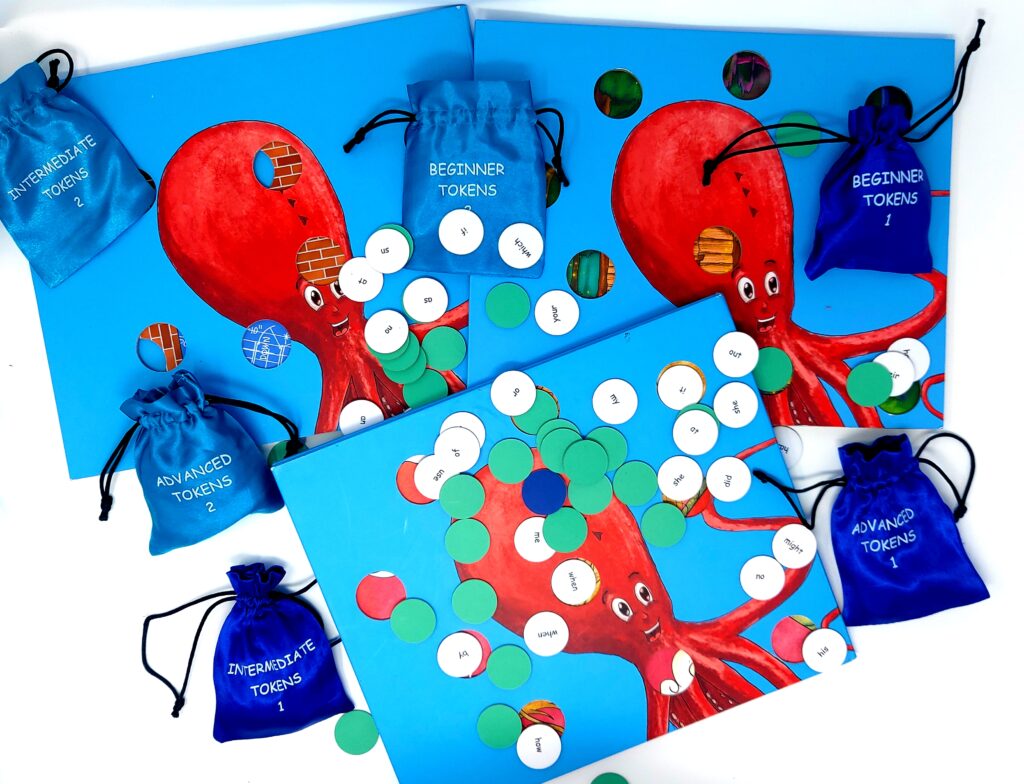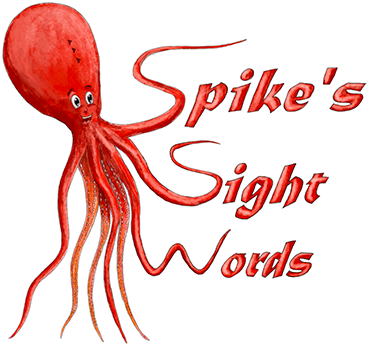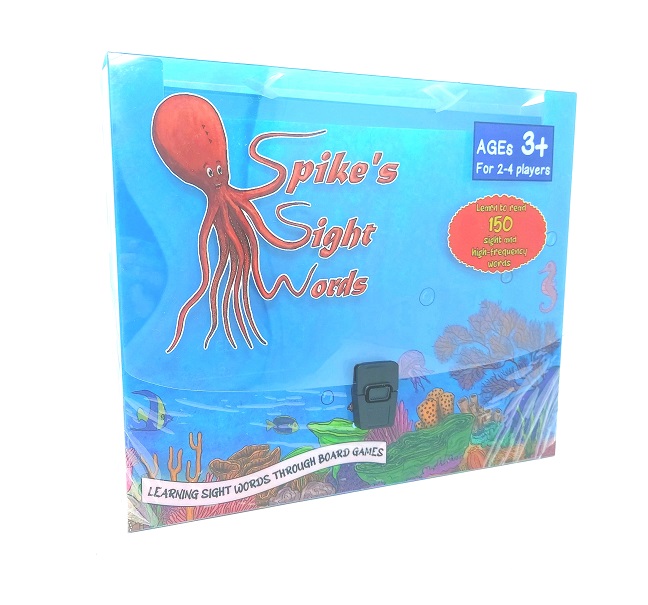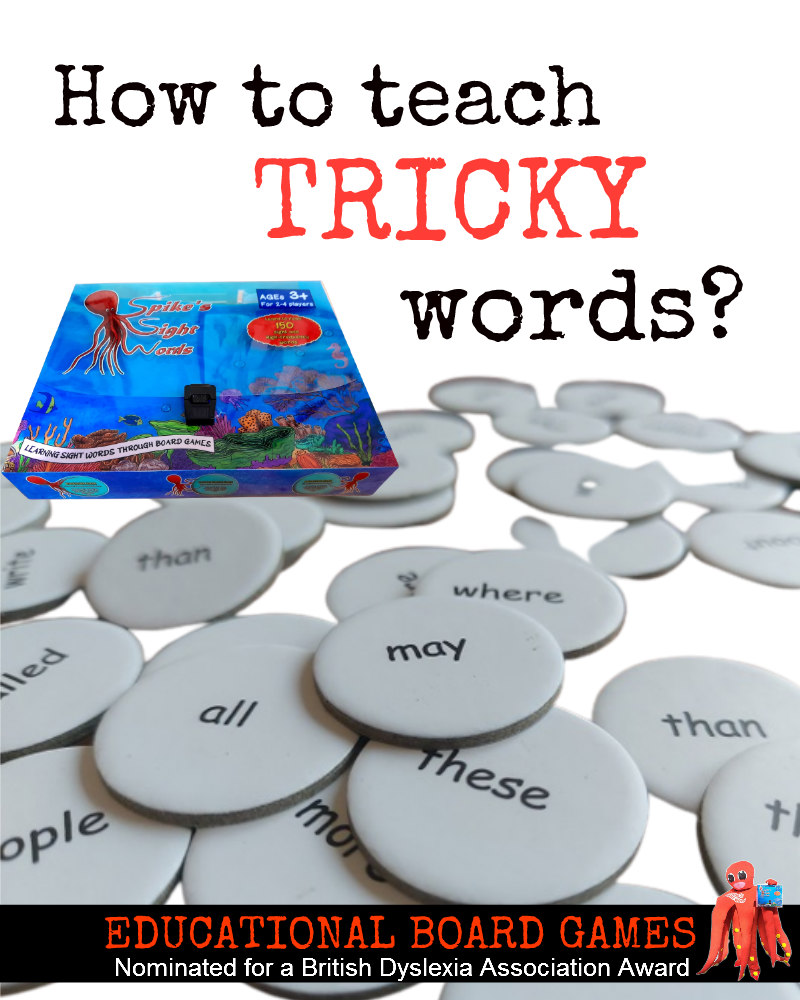
What is a tricky word?
There are two types of tricky word. The first is words that are not yet decodable because children have not yet learnt the necessary grapheme-phoneme correspondences, but that are nonetheless really useful to know. In Reception, children learn words such as ‘go’ and ‘no’. The ‘o’ in these words, which is pronounced as /oa/ rather than /o/, only becomes decodable in Phase Five/Year 1. However, these are very useful words for both reading and spelling, so they are taught earlier. The second type of tricky word never becomes fully decodable, but as with all tricky words, part is decodable and can be sounded out and part is not. In the tricky word ‘people’, for example, the ‘p’ is always decodable in both places in the word, the ‘le’ becomes decodable in Year 1, but the ‘eo’ is an exception and never becomes decodable.
The word ‘the’ is the first really difficult word children encounter, as they learn to read it before they learn /th/. So how do you ensure children remember that it is a tricky word and not one that can be sounded out?
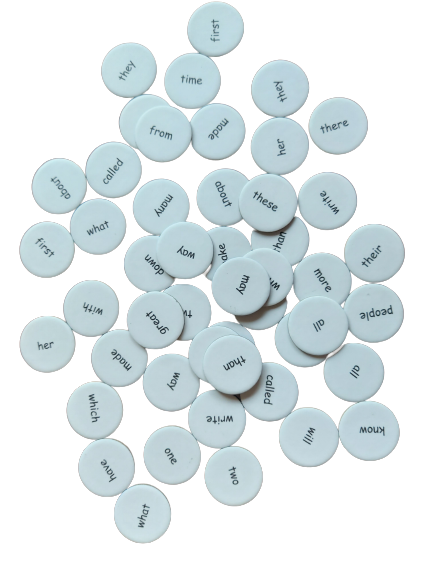
Repetition, repetition, repetition
A big part of teaching tricky words is repetition. The more frequently children see a word the more easily they remember it. This is true for spelling too and studies have shown that children who read more tend to be better at spelling.
“One of the things that contributes to being a good speller is being a good reader and reading a lot. You need to see a lot of words. And when you see words, you store them in a variety of ways: as sounds, as meaning and as patterns of letters. So, people who are strong visual learners have a distinct advantage when it comes to remembering correct spellings. Good spellers will employ a variety of strategies when figuring out how a word is spelled. Employing phonetics to put letters to sounds is a start, then applying the visual pattern rules (could and should, tries and cries) will get you most of the way there. After that, you have to decide if it “looks right.”
To a certain degree, spellings are stored as pictures of whole words and the brain is fairly adept at recognizing a spelling it has seen before. So, if you read a lot, you will have a visual catalogue of words that non-readers lack.”
(Marilyn Chapman, director of the Institute for Early Childhood Education and Research at the University of B.C, Canada)
Therefore, tricky words need to be used all the time until children are really familiar with them. If, in addition, they can be identified when reading – for example, by being highlighted in a different colour as they are in the My Letters and Sounds Phonics Readers – that also helps children to remember they cannot sound all of the word out and that it is a tricky word.
